Richard Retting Cashes in on Lifetime of Traffic Camera Advocacy
The one man most responsible for the spread of red light cameras in the United States is now enjoying the fruit of his labor. Richard A. Retting was New York City’s deputy assistant commissioner for traffic safety programs as the Big Apple considered becoming the first in the US to operate intersection cameras. Planning for the program began in 1983 and continued through 1991 when then-Mayor David Dinkins activated the system. For this achievement, Retting was dubbed the father of the red light camera in America, and today he is earning money directly from the systems that have followed New York’s lead.
“Brekford’s automated photo enforcement program was implemented during December 2010, and the company is starting to see a fresh stream of revenues from this newly introduced program,” CEO C.B. Brechin said in a February statement. “Brekford has been awarded automatic traffic enforcement contracts by several municipalities during the past several months and the implementation of these contracts we anticipate will bring added revenues and profitability to the company beginning this quarter.”
So far, the company has so far lined up contracts with five Maryland towns: Fairmount Heights, Landover Hills, Laurel, Morningside and Salisbury. Revenues from the photo enforcement division grew from $100,000 in the start-up year to an expected $8 million by the end of this year. For 2012, the company forecasts $15 million as it lines up contracts in other East Coast states. If the firm is successful, Retting can expect to be well compensated.
That is the reward for Retting’s eighteen years spent advocating red light camera and speed cameras for the insurance industry’s lobbying arm, the Insurance Institute for Highway Safety (IIHS). To this day, reference is made to Retting’s 1999 IIHS study on the effectiveness of red light cameras in Oxnard, California — the first study of its kind in this country ( view study, 1mb PDF). This work and a follow-up study in 2001 was criticized by a 2001 congressional report and an independent analysis appearing in a peer-reviewed journal in 2008 ( read analysis). Retting’s conclusions and comments on the topic have since appeared in thousands of news articles and influenced every city that has a program.
In a November article for the Institute of Transportation Engineers journal, Retting provided his lessons learned from the use of photo enforcement over the past two decades. Out of thirty-two footnotes, Retting cited himself ten times, highlighting his central role in the debate. Retting also works at Sam Schwartz Engineering, a consulting firm, where he offered the following advice to cities with red light camera programs: “Appearance of a revenue motive negatively affects public attitudes toward automated traffic enforcement.”
[Courtesy: Thenewspaper.com]
More by The Newspaper
Latest Car Reviews
Read moreLatest Product Reviews
Read moreRecent Comments
- Kwik_Shift_Pro4X Mazda CX-5 all the way.
- Spookiness The Mazda interior really is nice. I recognize the rationale for the Mazda infotainment interface design in lieu of a touch screen, but the filthy masses have spoken. As with the rotary engine, it's time to move on. To sell more cars they'll need to have touchscreens. Other carmakers have evolved beyond the iPad-screwed-on-top-the-dash look, so I'm sure Mazda can come up with something aesthetically pleasing and user-friendly. (Another quibble: I really don't need or want AWD, so I wish it wasn't forced. But again, the masses have spoken.)
- Lou_BC “We are always listening to the customer. "You sayin' the baller/gangsta types don't want Escalades on 24's that don't make vroom vroom rumbly sounds?
- AZFelix I shall fully endorse the use of autonomous cars on public roads once they have successfully completed my proposed Turing test for self driving vehicles. This test requires the successful completion of an at fault incident and accident free 24/7 driving session in Buffalo and upstate New York from October 1st until March 31st, and throughout the city of Jakarta, Indonesia for one consecutive year. Only Level 1 and Level 5 vehicles are permissible.
- Lou_BC I'd go Rav4. No Mazda dealer in my town and from what I've seen, Mazda's tend to rust.



















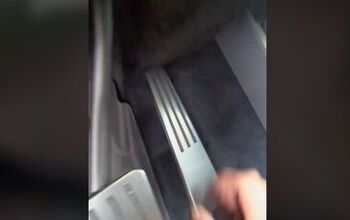

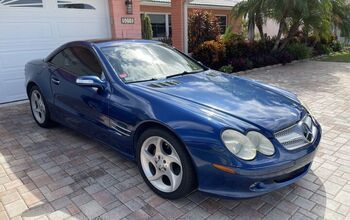


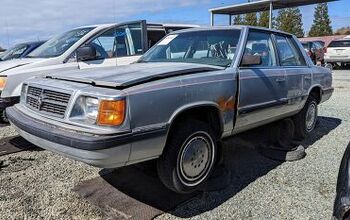
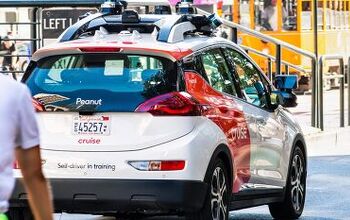



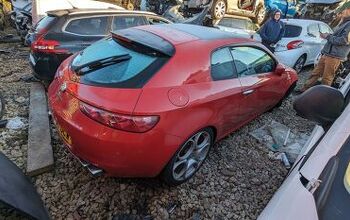




Comments
Join the conversation
He is the man who made 1984 a possibility. Criminalizing citizens in order to extort fines from them is nothing to be proud of.
Nice picture, it's gonna look great on the bottom of my birdcage.